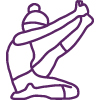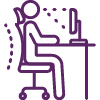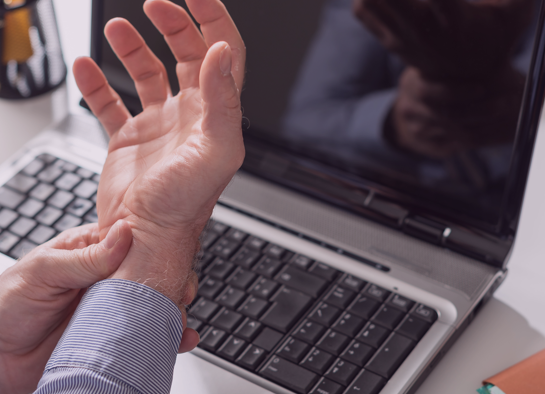It stops you from sleeping, running, lifting, driving and more. Back pain is among the most disabling types of pain. Médicus breaks down this broad subject by presenting four frequent sources of back pain and, of course, ways to find relief.
Why does your back hurt?
From couch potato to elite athlete, child to senior—no one is immune to back pain. It can result from a false move, accident, fall or any other trauma. It can also be due to poor posture or biomechanical misalignment.
Back pain: Why act quickly?
With back pain, your body is trying to tell you something is wrong. Listen to it!
Avoid complications
Back pain is often caused by misalignment of the lower limbs, a condition that is fairly treatable with good orthoses. However, if nothing is done, damage to the spine can become permanent. Here are some examples:
- A sciatic nerve that is compressed for too long can become damaged and lead to significant motor problems such as weakness or paralysis of the foot.
- Chronic pain can develop, preventing you from moving the back properly. The muscles become weaker and provide less support for the spine, leading to further pain.
- Pain may indicate a more serious condition that needs to be identified early, such as cancer, rheumatism, infection, fracture, osteoporosis, etc.











